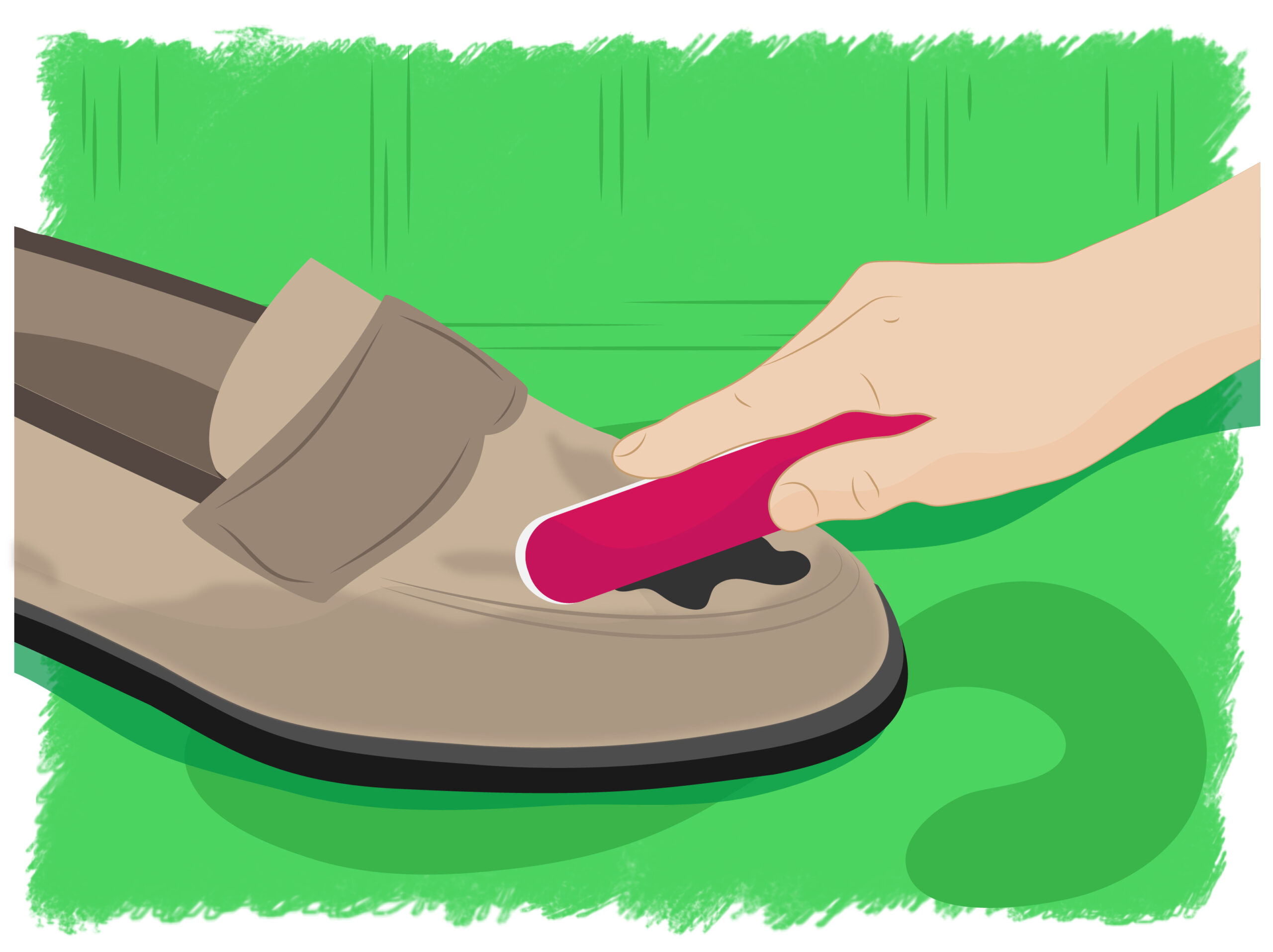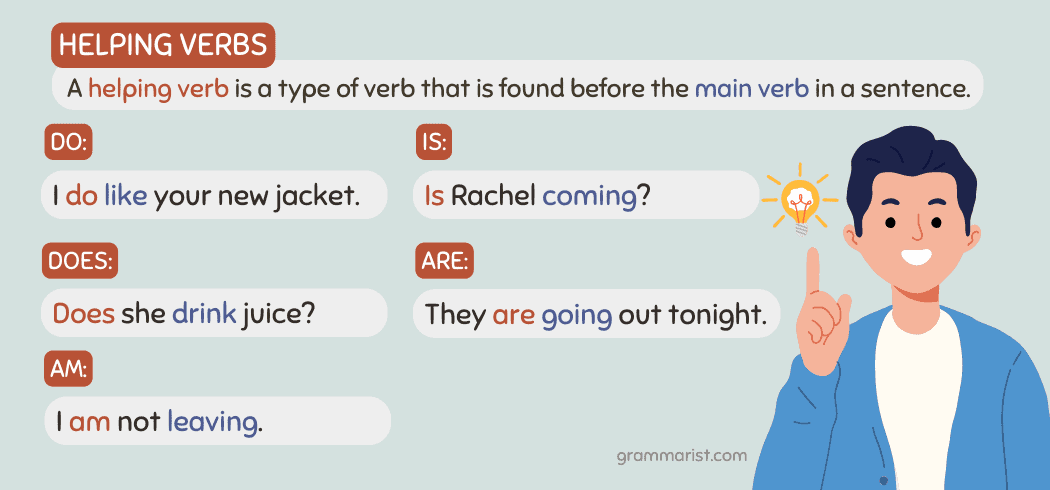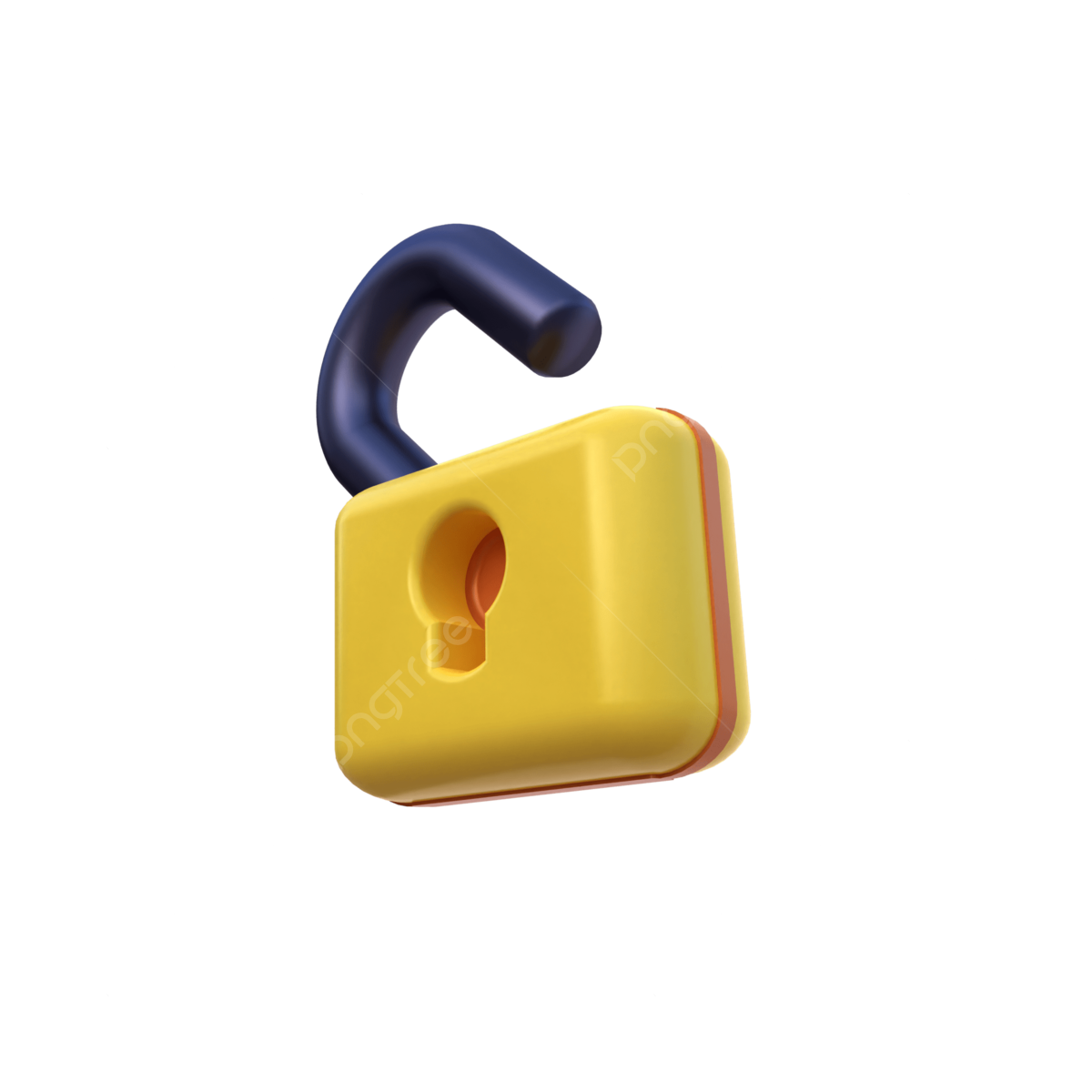Getting Paid as a Family Caregiver in California: How Much Can You Earn and How to Get Started
Introduction: Family Caregiving and Compensation in California
Family caregiving is a vital service in California, allowing loved ones to remain at home while receiving the support they need. As the population ages and care costs rise, many wonder if and how family members can be paid for providing care. This guide explores how much family caregivers can earn, the main state programs available, and detailed steps to access these benefits. All information is current for 2025 and based on verified, reputable sources.
How Family Members Get Paid: Main Programs
There are several pathways for a family member to receive payment for providing care in California. The most common are:
- In-Home Supportive Services (IHSS)
- Paid Family Leave (PFL)
- Veterans’ and Disability Programs
Each program has its own eligibility requirements, payment structures, and application processes. Let’s examine each in detail.
1. In-Home Supportive Services (IHSS)
IHSS is the primary state program that pays family members to provide care for qualifying low-income seniors or people with disabilities who are eligible for Medi-Cal. Through IHSS, approved care providers-even spouses or adult children-can be compensated for assisting with daily living tasks.
Hourly Pay Rates: The hourly wage for IHSS caregivers varies by county, typically ranging from about $13 to $18 per hour in 2025. The exact rate depends on local contracts and cost-of-living adjustments. For example, Bay Area rates often reflect the higher end of the scale. [1] [4]
Monthly Earnings: Total compensation depends on the number of authorized hours, which are determined by the recipient’s care assessment. If a recipient qualifies for 80 hours per month at $15/hour, the caregiver could earn $1,200 monthly. Larger care needs can result in more authorized hours, increasing pay proportionately.
Pay Raises: Most counties receive a standard cost of living increase annually; for 2025, this is typically $0.50 per hour. However, actual pay can lag behind other entry-level jobs, and the program is periodically subject to state budget pressures. [4]
Who Qualifies: The recipient must be eligible for Medi-Cal and require assistance with activities of daily living (ADLs). Family members may be hired as caregivers except in rare circumstances where the recipient lives in certain licensed facilities.

Source: melissa.depperfamily.net
Step-by-Step: How to Apply for IHSS
- Determine if your loved one is eligible for Medi-Cal. If not enrolled, contact your local county social services office to apply.
- Request an IHSS assessment from your county IHSS office. This involves a home visit to evaluate care needs.
- If approved, choose a family member as the care provider. Complete provider enrollment, background check, and orientation (required for all IHSS caregivers).
- Submit timesheets and receive payment through the county payroll system. Payments are considered taxable income and may count toward Social Security credits.
If you need help navigating the IHSS process, local advocacy organizations such as your Area Agency on Aging or county IHSS office can provide guidance and support.
2. Paid Family Leave (PFL)
California’s Paid Family Leave program allows eligible workers to receive a percentage of their regular wages when taking time off to care for a seriously ill family member. Unlike IHSS, PFL is a temporary benefit (up to 8 weeks per claim) and is funded through payroll deductions.
Benefit Amounts for 2025: Workers earning less than $63,000 per year can receive up to 90% of their usual weekly wage, and those earning more can receive up to 70%. [3] For example, a worker making $800 per week could receive $720 per week for up to 8 weeks if caring for a qualified family member.
Who Qualifies: Employees who have paid into California’s State Disability Insurance (SDI) program and need time off to care for a seriously ill child, parent, spouse, grandparent, sibling, or registered domestic partner.
How to Apply: File a claim with the California Employment Development Department (EDD) after starting your leave. To get started, visit the official EDD website and search for “Paid Family Leave.” If you are unsure of eligibility or need assistance, you can call the EDD or consult your employer’s HR department.
Limitations: PFL does not provide ongoing compensation for long-term care; it is a short-term wage replacement benefit.
3. Veterans’ and Disability-Related Programs
If the care recipient is a veteran or has a qualifying disability, additional programs may provide compensation to family caregivers. Veterans Affairs (VA) offers several support programs, including:
- Veteran-Directed Care : Provides a flexible budget for eligible veterans to hire caregivers, including family members.
- Aid & Attendance Pension Benefit : May increase a veteran’s monthly pension to help pay for in-home care.
To explore these options, contact your local VA office or search for “Veteran-Directed Care California” and “VA Aid & Attendance Benefit California.” Be aware that eligibility and benefit amounts vary by program and individual circumstances.
Understanding In-Home Care Costs in California
For families not using state programs and paying privately, the costs of in-home care are considerably higher. In 2025, the average hourly rate for professional in-home care in California ranges from $32 to $40 per hour. [2] Monthly costs for part-time care (about 40 hours per week) can exceed $6,600, and 24/7 care may surpass $27,000 per month. This makes state-funded options like IHSS critical for many families.
Type of care, location, and caregiver experience all influence rates. Urban areas and highly specialized care command higher prices. Family caregivers paid through IHSS or similar programs typically earn less than professional home care providers, but these programs help offset financial burdens for low-income families.
Practical Tips for Maximizing Family Caregiver Compensation
While program payments may not match private market rates, they provide crucial support for families. Here’s how to optimize your caregiver compensation:
- Accurately document the care recipient’s needs during the IHSS assessment to maximize authorized hours.
- Explore all potential programs-if your loved one is a veteran or has a developmental disability, additional benefits may apply.
- Keep detailed records of hours worked and tasks provided; this not only ensures proper payment but can help with future eligibility reviews.
- Seek support from local advocacy organizations or county social services if you encounter challenges in the application process.
Remember, many programs require annual renewals or periodic reassessments. Stay proactive to maintain your eligibility and payment levels.
Common Challenges and Solutions
Applying for and maintaining eligibility for family caregiver payments can be complicated. Challenges include:
- Complex and lengthy application processes
- Uncertainty about eligibility requirements
- Payment rates that may not fully compensate for lost income
- Emotional and physical strain of caregiving
Solutions include:
- Requesting assistance from local advocacy groups, social workers, or your Area Agency on Aging
- Attending county-sponsored orientations and training programs
- Seeking respite care or additional support services for caregiver well-being
- Planning ahead for annual pay increases and potential changes in program eligibility
Alternative Approaches and Additional Resources
If your family does not qualify for IHSS or PFL, consider these alternatives:
- Private long-term care insurance, if available
- Negotiating flexible work arrangements with your employer
- Seeking financial assistance from non-profit organizations focused on specific illnesses or conditions
- Contacting your local Regional Center for disability-related in-home support programs
For official information, always use trusted sources like your county social services office, the California Employment Development Department (EDD), the U.S. Department of Veterans Affairs, or your local Area Agency on Aging.
Summary: What to Expect as a Paid Family Caregiver in California
In California, family caregivers can typically expect to earn between $13 and $18 per hour through the IHSS program in 2025, with total earnings based on the number of authorized care hours. For short-term leaves, Paid Family Leave can replace up to 90% of regular wages for lower-income workers for up to eight weeks. Veterans’ programs and disability organizations may offer additional support for eligible families.
While the payment may not fully replace lost wages from outside employment, these programs offer essential financial support, allowing families to care for their loved ones at home. Navigating eligibility and application processes can be challenging, but help is available through local advocacy groups, county agencies, and state resources.
References
- [1] Clara Home Care (2025). Can a Family Member Be Paid to Be a Caretaker in California?
- [2] Loving Home Care (2025). Cost of In-Home Care in California.
- [3] Governor of California (2025). Governor Newsom announces landmark boost to paid family leave benefits for 2025.
- [4] Galt Advocacy (2025). IHSS Pay Raise 2025: County-by-County Changes in California.
MORE FROM savvysc.com













